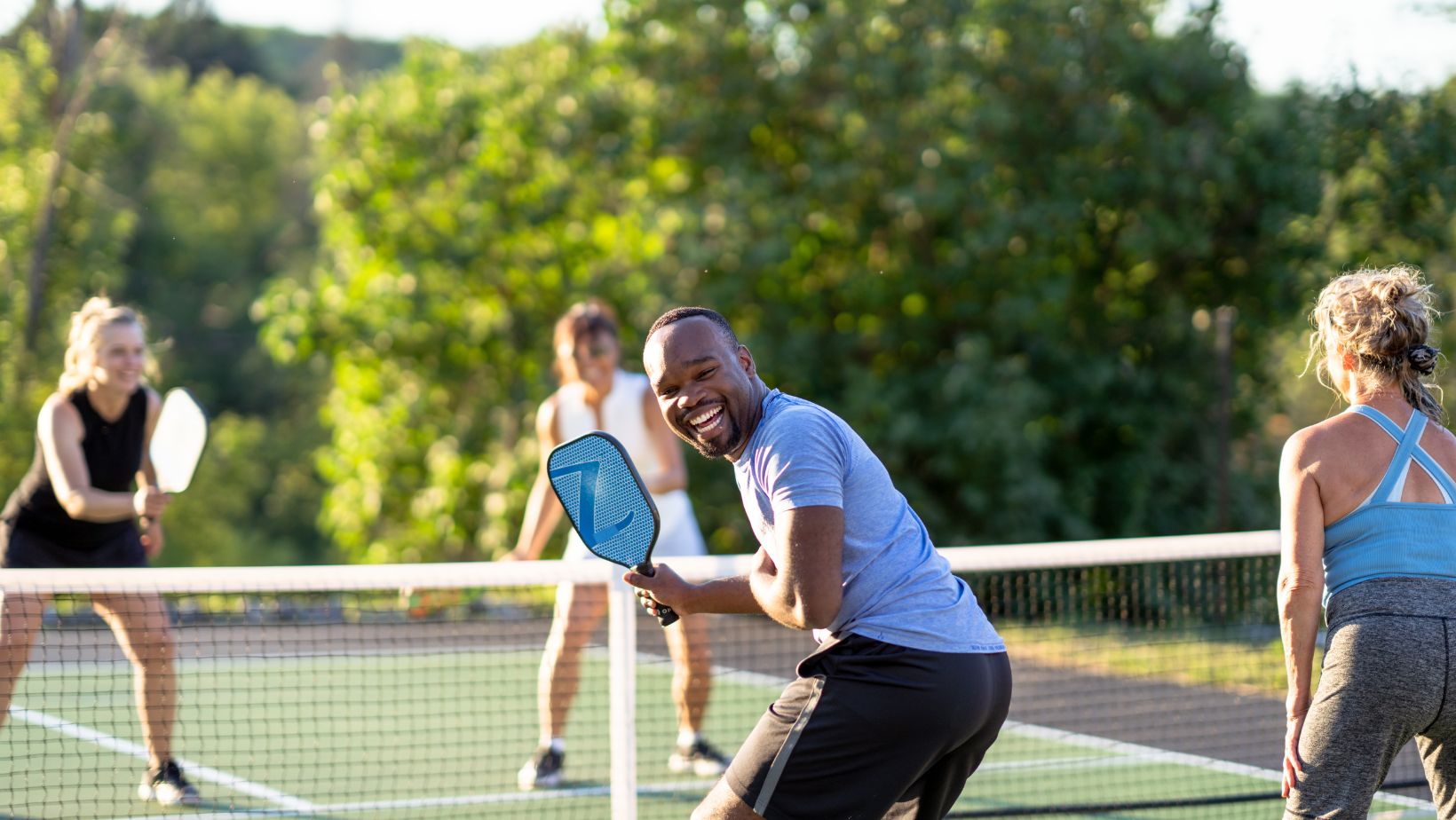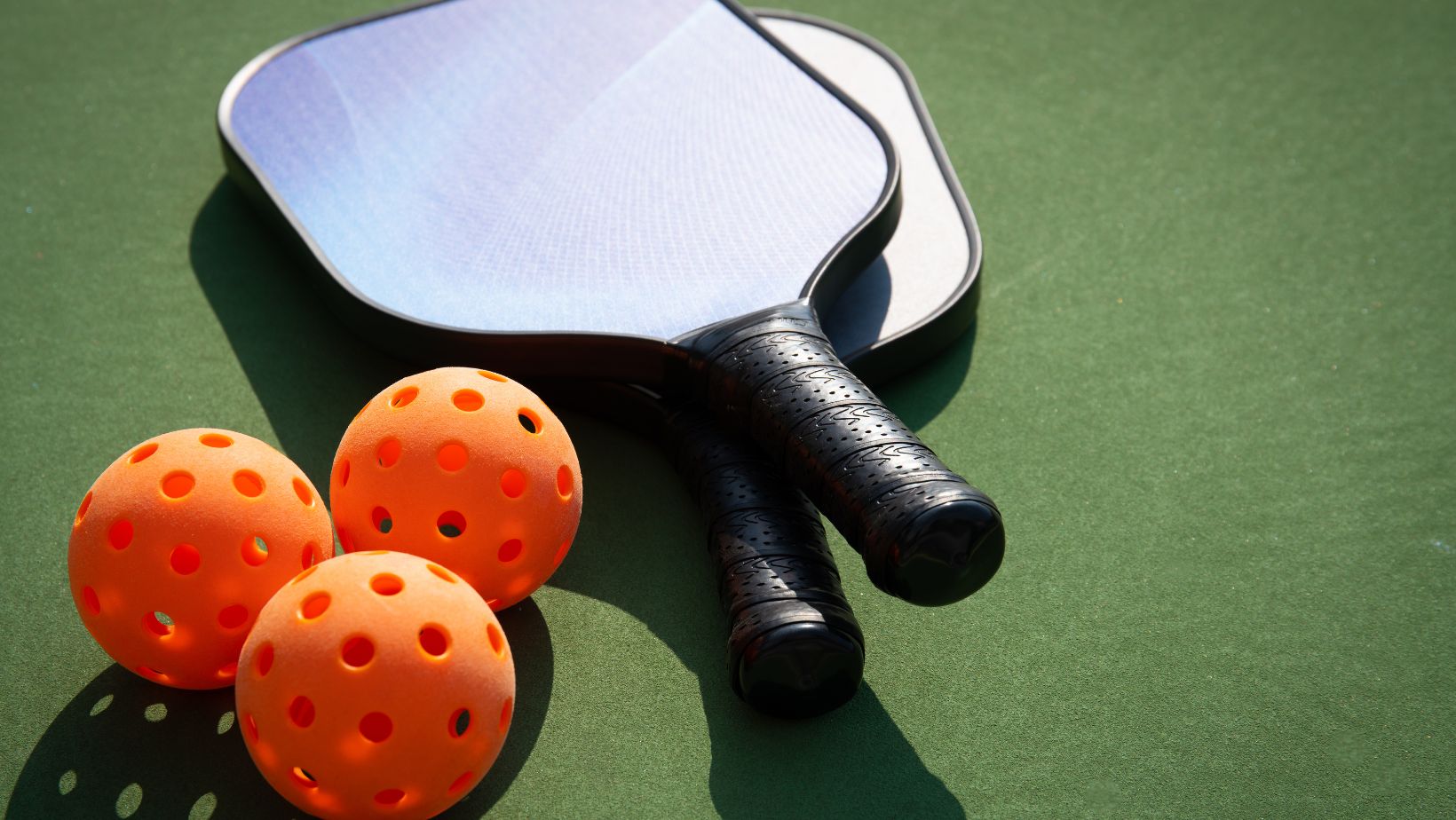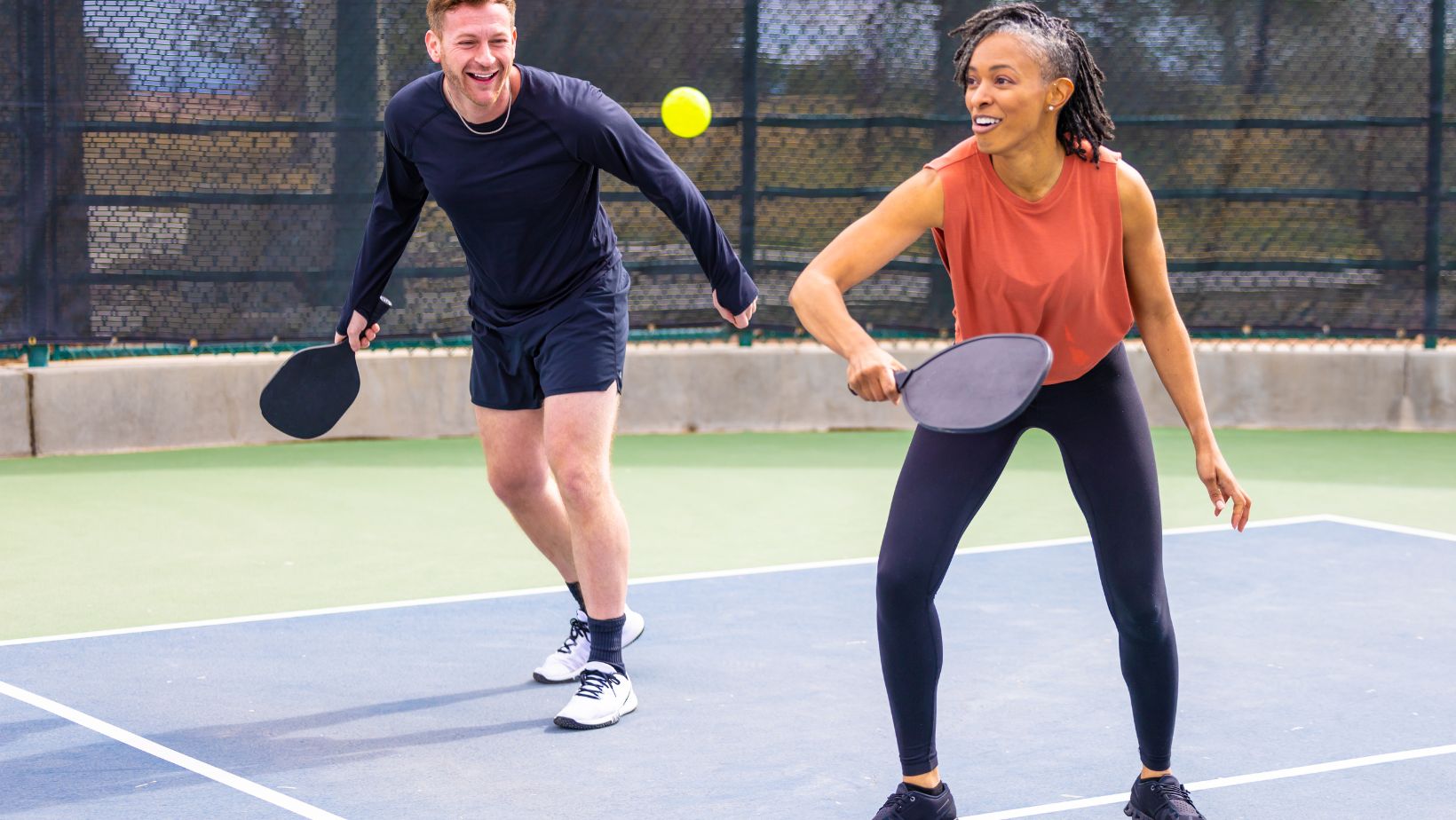The Science of Pickleball: How it Affects Muscles, Joints, And Bones

Pickleball is more than just a fun and fast-paced sport; it’s a science that profoundly influences your body. In this article, we’ll dive into the scientific aspects of pickleball and how it impacts your muscles, joints, and bones.
This dynamic game, known for its wide appeal, offers unique insights into the physiological changes that occur when you step onto the pickleball court.
The Muscles in Motion
When you engage in a game of pickleball, your muscles spring into action. The sport demands a combination of agility, strength, and quick reflexes, involving various muscle groups throughout your body.
Leg Muscles: Pickleball requires quick lateral and forward movements, putting your quadriceps, hamstrings, and calf muscles to work. These muscles provide the necessary power for those explosive movements and rapid direction changes.
Core Muscles: The stability of your core muscles plays a vital role in maintaining balance and executing precise shots. Your abdominal and lower back muscles engage to stabilize your body and enable effective shots.
Upper Body Muscles: The swinging motion when serving, volleying, or smashing the ball engages your chest, shoulder, and arm muscles. The continuous action of hitting the ball can help improve your upper body strength over time.
Back Muscles: Engaging in rallies and maintaining a good stance places demand on your back muscles, which help you maintain an upright posture and reduce the risk of injuries.
The Impact on Joints
Pickleball’s unique mix of agility and power impacts your joints in various ways, both positively and negatively. Understanding these effects can help you make informed choices about your playstyle and equipment.

Knee Joints: The sport’s stop-and-start nature can place strain on the knee joints, especially if you’re making sudden lateral movements. Wearing supportive footwear and practicing proper footwork can help reduce this risk.
Shoulder Joints: The overhead serves and smashes in pickleball can put pressure on the shoulder joints. Players should focus on proper warm-ups, stretches, and technique to minimize the risk of shoulder injuries.
Wrist Joints: The frequent paddle movements can impact the wrist joints, particularly if your grip is too tight. Learning to relax your grip and use paddle control can reduce wrist strain.
Hip Joints: The sport’s agility requirements demand flexibility in the hip joints. Regular stretching and warm-up exercises can enhance hip joint mobility.
Bone Health And Density
Pickleball, like any weight-bearing activity, has a positive influence on bone health. Regular physical activity promotes bone density, which is especially important as we age.
Weight-Bearing Activity: The rapid movements, pivots, and weight shifts during pickleball games help improve bone density. This can reduce the risk of osteoporosis and fractures in the long term.
Impact on Longevity: Playing pickleball and other sports that enhance bone health can contribute to a longer, more active life. It’s an excellent way to maintain bone density and overall physical health as you age.
Reaping The Benefits Safely
To maximize the health benefits of pickleball while minimizing the risks, consider the following tips:
Warm-Up and Stretch: Always begin your game with a proper warm-up and stretching routine to prepare your muscles and joints for action.
Proper Footwear: Invest in quality footwear designed for court sports to support your feet and reduce the strain on your lower body joints.
Technique Matters: Focus on proper technique to reduce the risk of overuse injuries and minimize stress on your joints.
Balance Activity: Incorporate strength and flexibility training into your fitness routine to support your muscles and joints.
Conclusion
Pickleball is a science that engages your muscles, tests your joints, and strengthens your bones. It offers a unique blend of fun and physical activity that can improve your overall health.

Understanding the science behind pickleball can help you make informed decisions about your playstyle and equipment, ensuring a safe and enjoyable experience on the court.
So, the next time you step onto the pickleball court, remember that you’re not just playing a game; you’re exploring the fascinating science of fitness and well-being.
-
Personal Finance5 months ago
How Do I Find My UCAS ID Number?
-
Success5 years ago
Consistency: The Key Ingredient to Success
-
Uncategorized5 months ago
What Does Conditionally Approved Mean For An Apartment?
-
Motivation2 years ago
How To Become a More Organized Person?
-
Others4 years ago
Work Health and Safety: 8 Reasons to Maintain a Clutter-free Office
-
Entrepreneurs3 years ago
Why Diversity is Key in Business Marketing
-
HK Pools5 months ago
The HK Pools Forum Comunity Jos Markotop 2D Warna Kuning – A Great Way to Stay Connected
-
Sport1 year ago
What Makes Soccer Betting So Great?



























